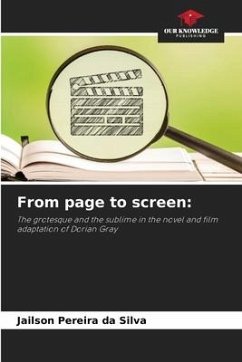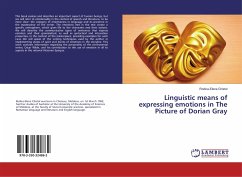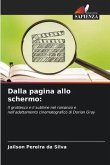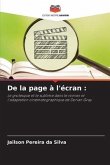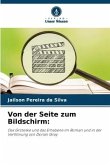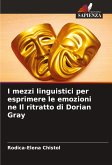The aim of this paper is to analyse the grotesque and the sublime in Oscar Wilde's novel The Picture of Dorian Gray, published in 1890, and in Oliver Parker's film adaptation of the same name (2009). We carried out a bibliographical survey in the fields of literature and film theory, and observed aesthetic categories that emerged in classical antiquity, passing through the plastic arts and transiting through 19th century literature, contributing in some way to the artistic and visual sphere of the 21st century. These categories are articulated within 19th century European Romanticism, when Victor Hugo, Wolfgang Kayser, among other scholars, showed the critical and philosophical discussions about both aesthetics; we are also subsidised by the concept of ugly and beautiful raised by Umberto Eco. Therefore, our research observes the approximations between verbal and non-verbal narrative, identifying the grotesque and the sublime in a dialogue from text to screen that involves the characterisation, adaptation, translation and transposition of the character Dorian Gray, showing that these categories offer the necessary subjectivity, important for film adaptation.
Bitte wählen Sie Ihr Anliegen aus.
Rechnungen
Retourenschein anfordern
Bestellstatus
Storno

